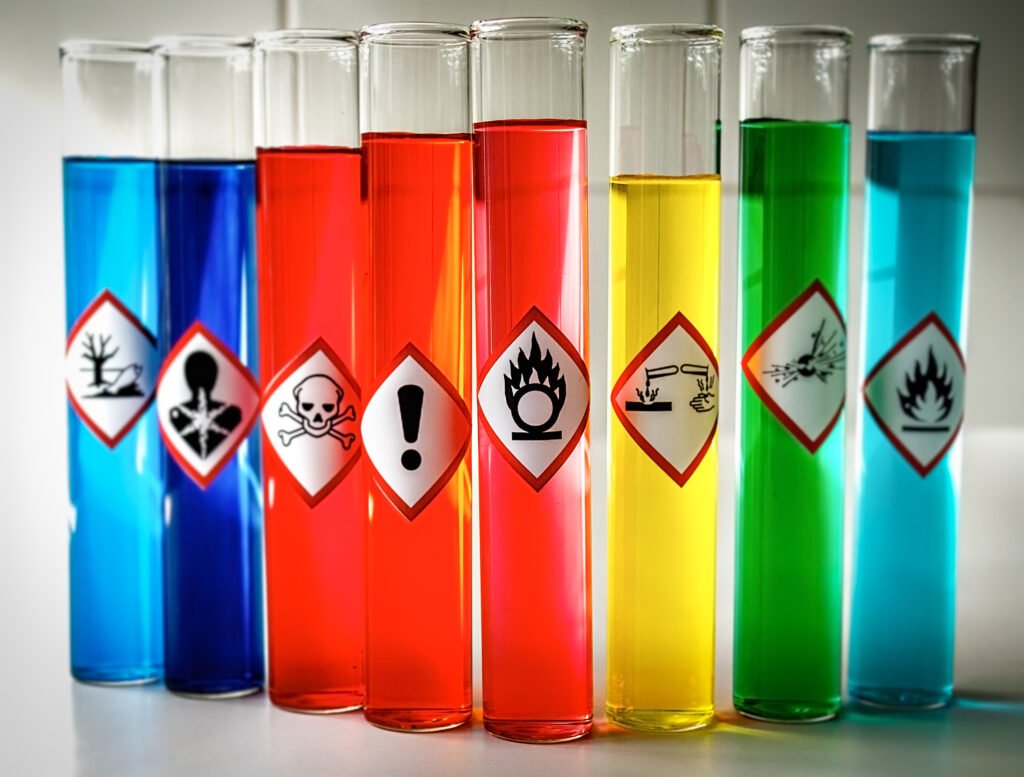On February 15, 2021, the Ministry of Health, Labour, and Welfare (MHLW) held a meeting of the Risk Assessment Working Group of the Study Group on the Management of Chemical Substances in the Workplace. Among the deliberations, in the document “Arrangement of the process of GHS classification by the government”, the “flow from GHS classification by the government to the setting of exposure limits (tentative name)” was presented. This clarified the details of the regulatory schedule, which is of high interest to businesses.
The flow from GHS classification by the government to a setting of exposure limits (tentative name)
The flow that was presented is as follows.
- GHS classification by the government
- Creation and publication of model labels and SDSs
- Mandatory labeling and SDS issuance
- Establishment of exposure limits (tentative name)
- Establishment of provisional exposure limits (tentative name)
- Chemical substances with dermal absorption
Expansion of the number of substances subject to labeling and SDS issuance that require a mandatory measure
After the completion of the mandatory labeling and SDS issuance for about 3,000 substances (-673 substances, which have already been substances subject to labeling and SDS issuance), the government will make labeling and SDS issuance mandatory for newly classified GHS substances from FY2021.
| Fiscal Year | Substances to be mandated | Implementation period (assumed) |
|---|---|---|
| 2021 | Category A1
A substance with a toxicity equivalent to Category 1 in the CMR and acute toxicity categories listed from the viewpoint of health hazards as criteria for substances of very high concern in the CLP Regulation. |
FY2023~FY2024 |
| 2022 | Category A2
Substances other than CategoryA1 that have a hazard equivalent to Category 1 or a hazard equivalent to Category 2. |
FY2024~FY2025 |
| 2023 | Category A3
Of the approximately 3,000 substances (-673 substances), substances with no known hazards (Category A0) and substances other than A1 and A2. |
FY2025~FY2026 |
| 2024 | Category A4
Targeted for “New GHS classified substances for FY2021 – FY2023”. |
FY2026~FY2027 |
| 2025 | Category A5
Category A5: “New GHS classified substances in the previous year”. |
FY2027~FY2028 |
 Expansion of Labeling and SDS Issuance Obligations in Japan
Expansion of Labeling and SDS Issuance Obligations in Japan 

























